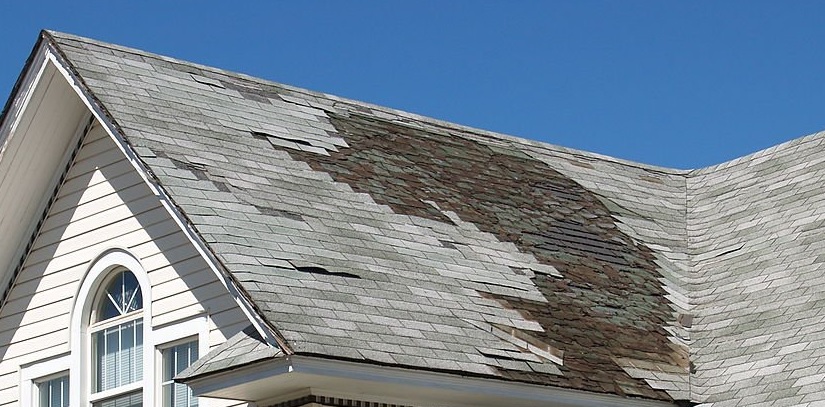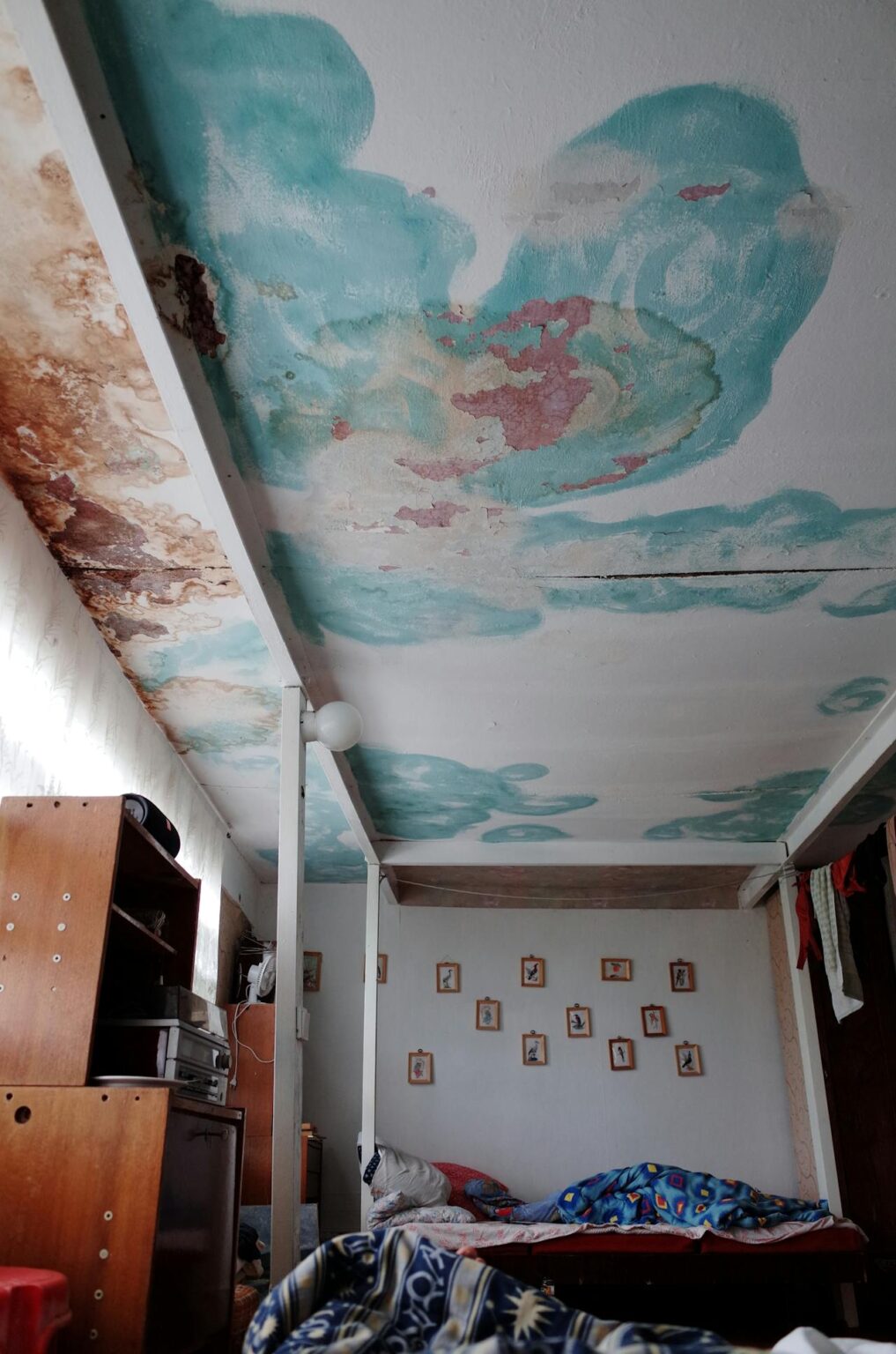Causes of Water Leaks in Buildings and Houses in Alberta, Canada
Water leaks can lead to significant damage in both residential and commercial properties, resulting in costly repairs and potential health hazards.
In Alberta, the unique climate and construction practices present specific challenges that contribute to water leaks in buildings and houses. Understanding these causes can help property owners take preventive measures.
Climate and Weather Conditions
Alberta’s diverse weather, including hot summers and frigid winters, can create conditions that contribute to water leaks:
- Freeze-Thaw Cycles: The dramatic temperature fluctuations can cause moisture to freeze and expand, then thaw and contract. This repeated cycle can lead to cracks in concrete and masonry, creating pathways for water infiltration. Our engineering team can conduct thorough assessments to identify vulnerable areas and recommend effective solutions to mitigate this risk.
- Heavy Rain and Snow Melt: Spring runoff and heavy rainfall can overwhelm drainage systems, leading to surface water pooling around foundations. If the grading around a building is insufficient, this water can seep into basements and crawl spaces. We offer expertise in foundation waterproofing and drainage design to ensure your property remains protected from excess water.
Roofing Problems

The roof is the first line of defense against water intrusion. Various issues can lead to leaks:
- Aging and Damaged Roofs: Many homes and buildings in Alberta have roofs that deteriorate due to harsh weather. Cracked or missing shingles, rusted metal, or damaged flashing can create entry points for water. Our engineering assessments can evaluate your roofing structure and recommend necessary repairs to enhance its durability.
- Ice Dams: In winter, ice dams can form at the edges of roofs, preventing proper drainage and causing water to back up under shingles, potentially leaking into the building. We can provide strategies to prevent ice dam formation and ensure effective drainage.
Window Problems
Windows are often significant sources of water leaks in homes and buildings:
- Improper Installation: Incorrectly installed windows can leave gaps between the frame and the wall, allowing water to seep in during rain or snowmelt. Our engineers can assess window installations to ensure they meet industry standards for sealing and protection.
- Aging Seals: Over time, the seals around windows can degrade, leading to leaks. This is especially common in older homes where original materials may have worn out. We can recommend upgrades or replacements to enhance the performance of your windows.
Plumbing Failures

Plumbing systems can also be a source of leaks within buildings and houses:
- Aging Infrastructure: Older buildings may have outdated plumbing systems prone to corrosion or failure. Leaky pipes can cause substantial water damage over time. Our engineering services include plumbing system assessments to identify vulnerabilities and suggest effective upgrades.
- Improper Installation: Newer properties may experience leaks due to incorrect installation of plumbing fixtures or connections, resulting in water seeping through walls or ceilings. We can help ensure that all plumbing installations meet the necessary standards to prevent leaks.
Humidity and Condensation
The cold winters in Alberta can lead to high indoor humidity levels, especially in poorly ventilated spaces:
- Condensation: When warm, moist air contacts cold surfaces, it can condense, leading to moisture accumulation. This is particularly problematic in attics, basements, and crawl spaces. Our team provides engineering solutions to improve ventilation and reduce humidity levels.
- Ventilation Issues: Lack of adequate ventilation can exacerbate humidity problems, leading to mold growth and potential structural damage. We can design and implement effective ventilation strategies tailored to your building’s needs.
Foundation Issues
The foundation plays a critical role in preventing water intrusion. Factors related to the foundation can lead to leaks:
- Poor Drainage Systems: Inadequate drainage around a building can result in water pooling against foundation walls, increasing the risk of leaks. Properly designed eavestroughs and downspouts are essential for directing water away from the structure. Our engineers specialize in foundation analysis and can recommend improvements to your drainage systems.
- Settlement and Cracks: Soil settlement or shifting can create cracks in the foundation, allowing water to enter, especially during heavy rains or snowmelt. We provide comprehensive foundation inspections and solutions to ensure stability and prevent water intrusion.
Conclusion
Addressing water leaks in buildings and houses in Alberta requires a thorough understanding of the environmental and structural factors involved. Property owners should prioritize regular inspections, proper drainage, adequate ventilation, and timely repairs to mitigate the risk of water intrusion. Investing in quality engineering practices can significantly reduce the potential for water damage and extend the lifespan of any building. At ABE&RE, we offer a comprehensive range of engineering services designed to protect your property from water leaks, ensuring your home remains safe and secure.
Sources
- Alberta Environment and Parks. (2020). Flood Risk Management in Alberta.
- Canadian Mortgage and Housing Corporation (CMHC). (2018). Homeowner’s Guide to Maintaining Your Home.
- Alberta Construction Safety Association. (2021). Managing Water in Construction Projects.
- Building Science Corporation. (2022). Moisture Control in Buildings.
- Natural Resources Canada. (2019). Climate Change and Building Resilience in Alberta.
Author Umair Syed



